
Onions are a kitchen staple, adding depth and flavor to countless dishes. However, with so many varieties available, it can be challenging to know which type of onion to use for which dish. This simple guide will help you understand the different types of onions and their best uses, ensuring your dishes are always flavorful and perfectly executed.
Types of Onions and Their Best Uses
Onions come in different shapes, sizes, colors and uses. Let's find out what the main types are!
1. Yellow Onions
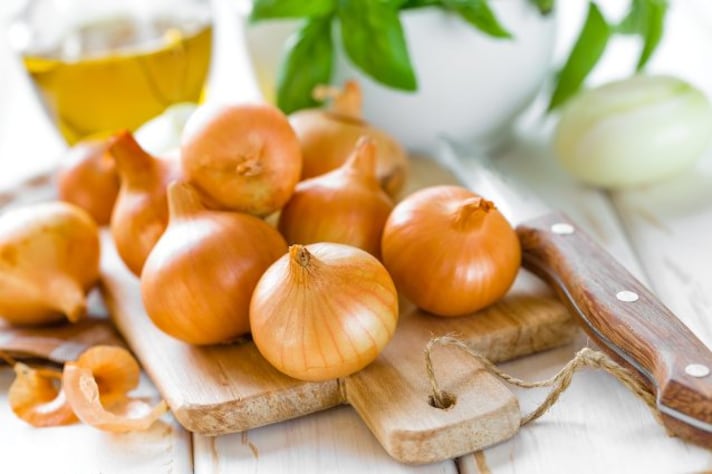
Yellow onions are the most common and versatile type of onion. They have a balanced flavor that works well in almost any dish. Their high sugar content makes them ideal for caramelizing. Yellow onions are best suited for when you want to prepare a side dish of caramelized onions but they also make an ideal fit for soups, stews, and roasted dishes.
2. White Onions
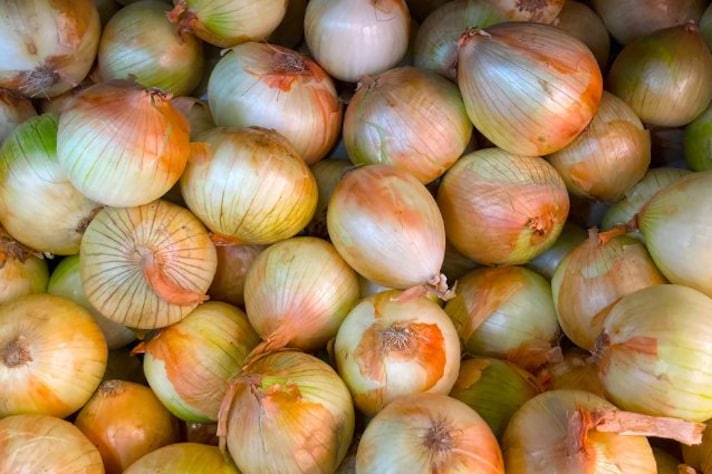
White onions have a sharper, more pungent flavor compared to yellow onions. They have a high water content and are often used in Mexican cuisine. Therefor, they are more commonly used to make salsas, salads, and Mexican dishes.
3. Red Onions
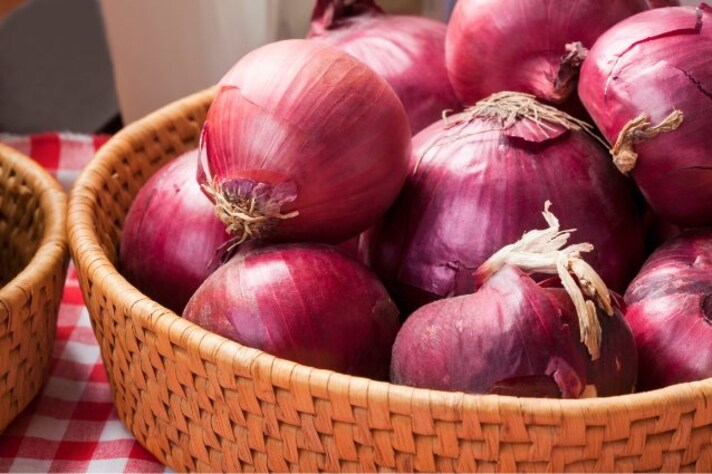
Red onions are known for their vibrant color and mild, sweet flavor. They are often used raw because of their attractive color and crisp texture. They particularly make for great pickling and grilling – if you love a crunch in your sandwiches and salads, then you should try adding red onions!
4. Sweet Onions
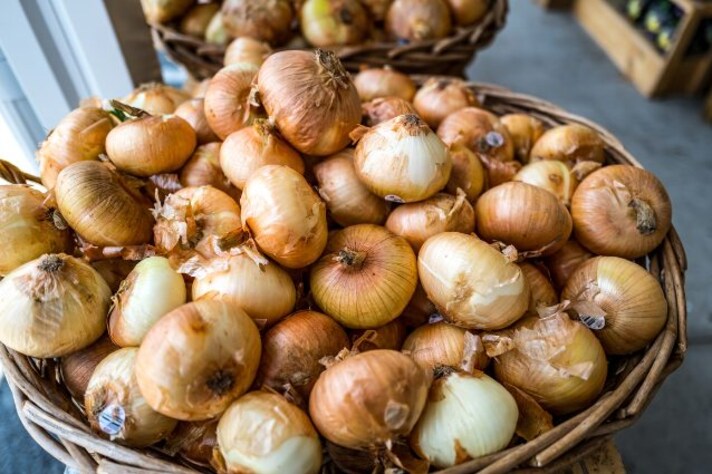
Sweet onions, such as Vidalia and Walla Walla, have a high sugar content and a mild flavor. They are perfect for dishes where a more delicate onion flavor is desired. These are well suited for making onion rings as well as in recipes that require raw onions like salads.
5. Shallots
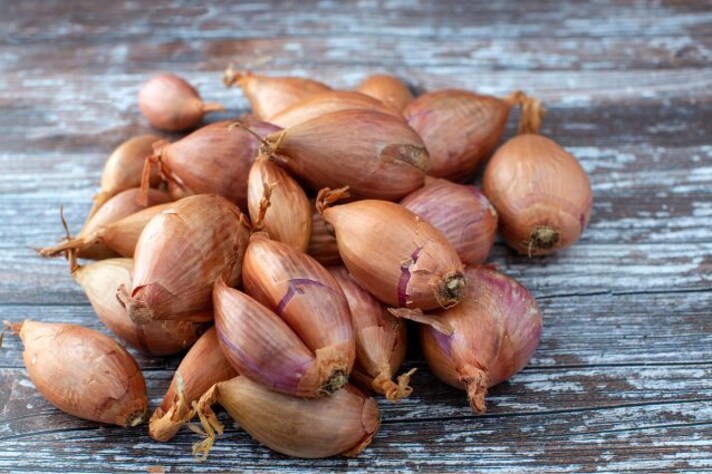
Shallots have a mild and slightly sweet flavor with a hint of garlic. They are commonly used in French cuisine and are known to add a sophisticated touch to dishes. Shallots are essential for vinaigrettes, sauces, and gourmet dishes.
How to Choose and Store Onions
Here are a few things you should look out for when selecting onions and how to store them so that they remain fresher for longer.
Look for firm bulbs with dry, papery skins. Avoid onions with soft spots, mold, or green shoots. Store onions in a cool, dry, and well-ventilated place. Keep in mind that sweet onions have a higher water content and should be used more quickly than other types.
;Resize,width=767;)
